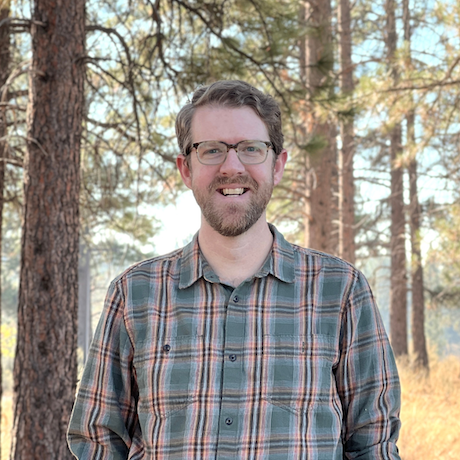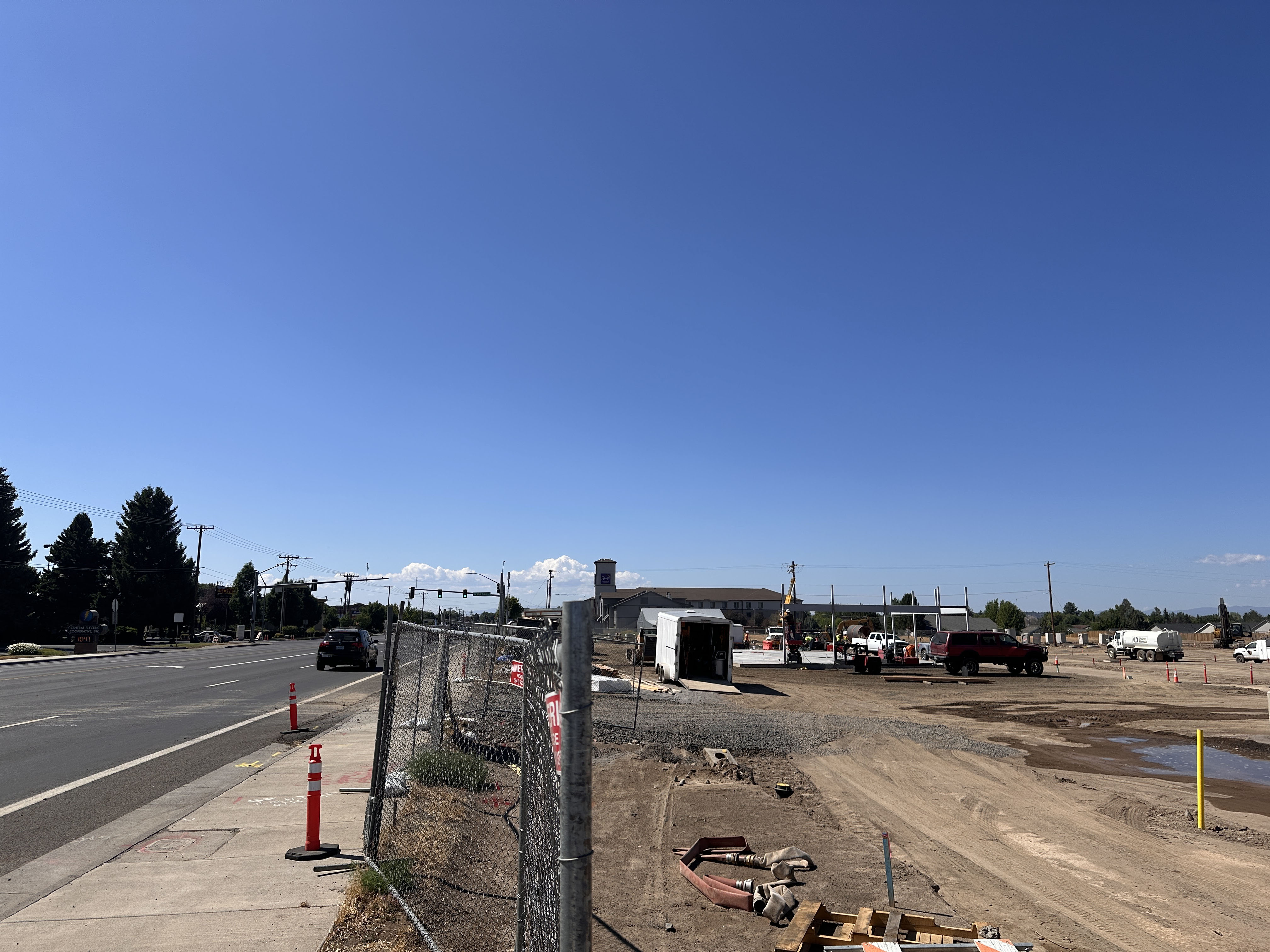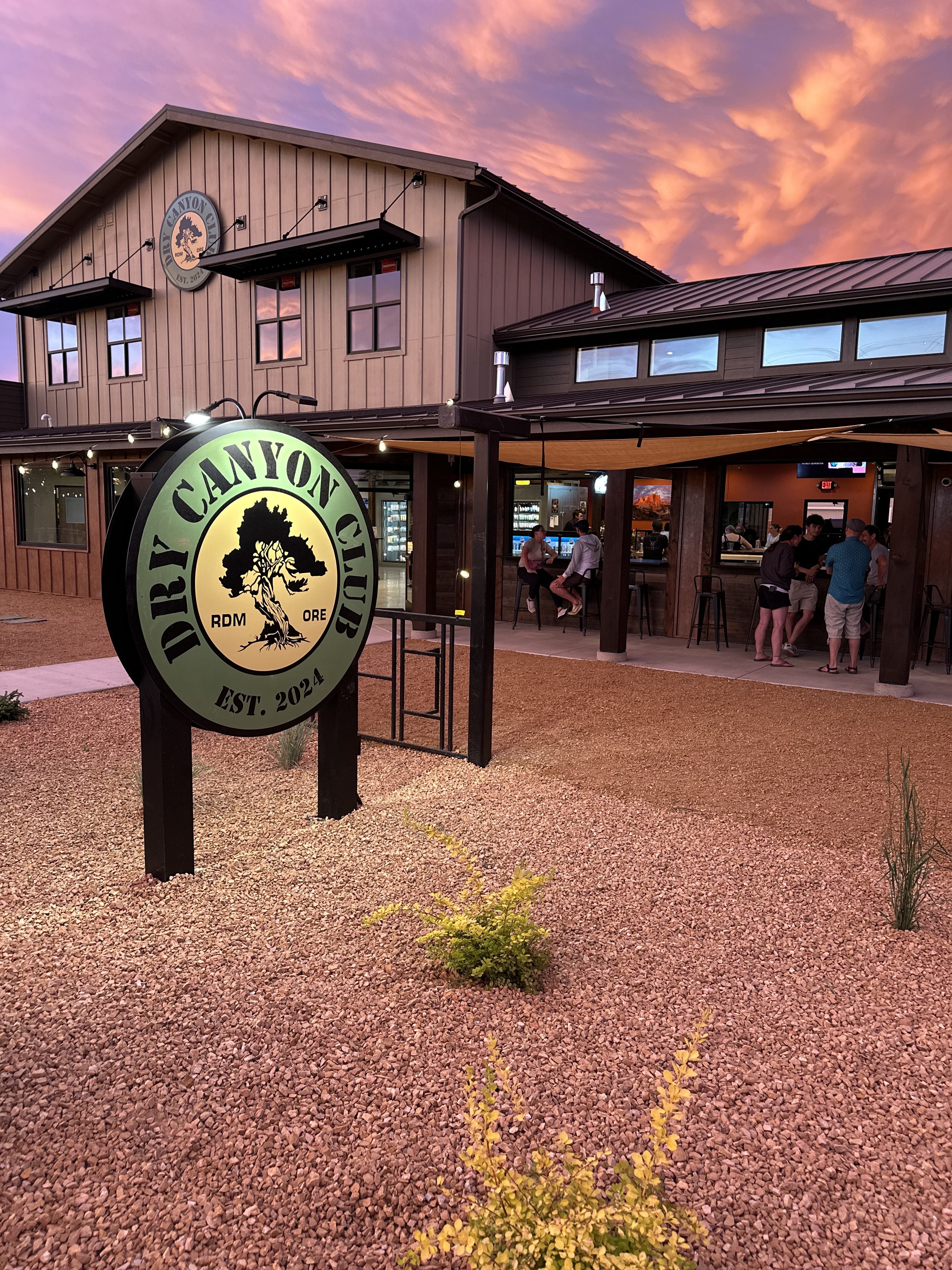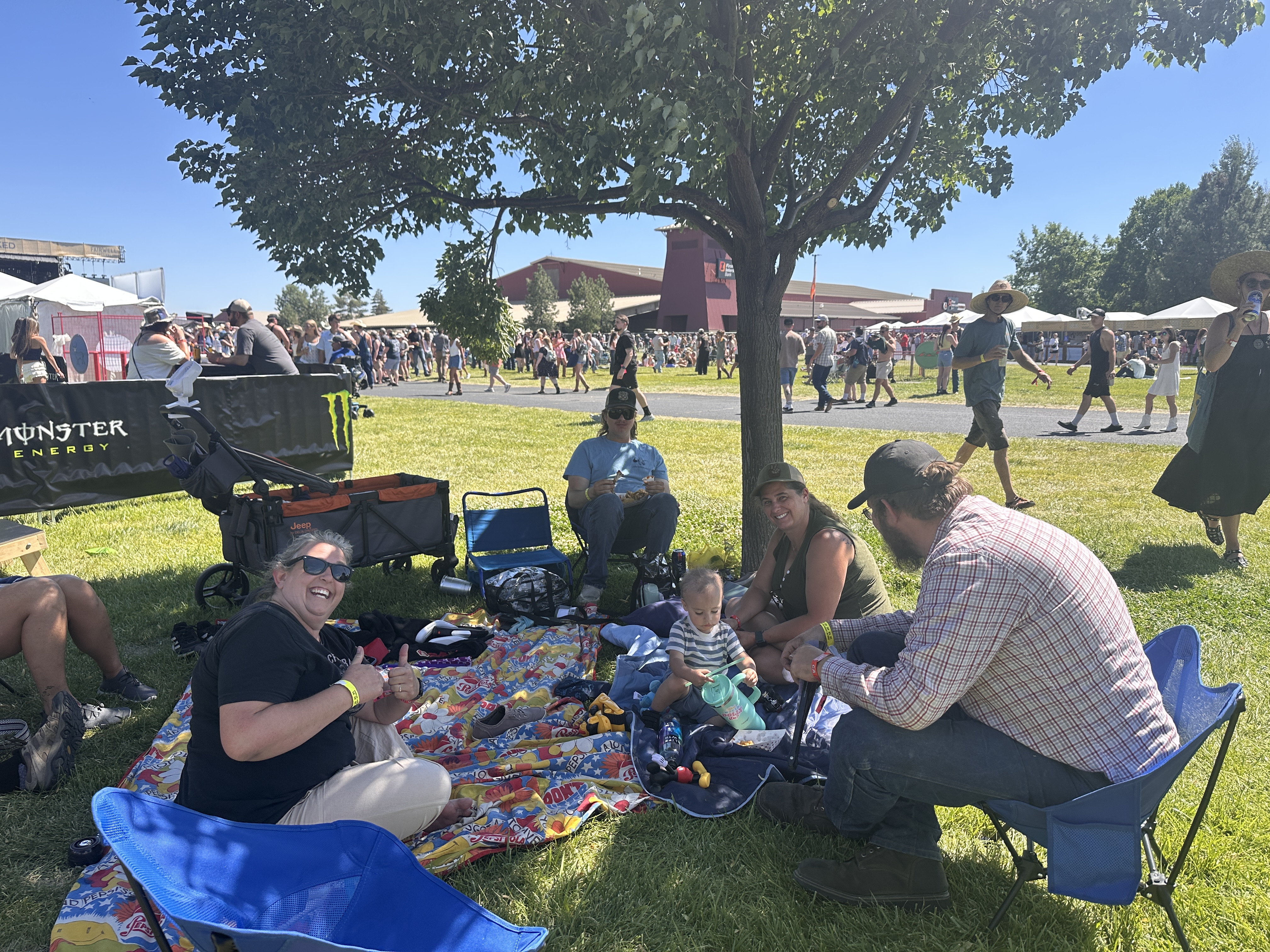Column: Housing development near Terrebonne puts farmland at risk
Published 4:45 pm Wednesday, June 11, 2025

- Rory Isbell
Oregon’s land use system is designed to provide certainty — certainty for communities, for businesses, and individuals making long-term investments in their homes and livelihoods.
A growing problem threatens that predictability: spot zoning in our rural areas.
Spot zoning is when a property is singled out for a zoning designation that is totally different from that of the surrounding area. This is done to benefit a specific landowner or developer.
Trending
In Deschutes County, Central Oregon LandWatch has watched a particular scenario play out many times: A wealthy developer buys a large tract of rural farmland at farmland prices, which are intentionally less than the cost of land zoned for residential use. Then they hire a team of expensive lawyers and consultants to argue to the county that the land is unsuitable for agriculture. And finally, over the objections of farmers, ranchers, neighbors, and wildlife advocates, the Deschutes County Board of Commissioners will grant the developer a zone change to a higher-density residential or industrial zone.
This type of one-off decision-making disrupts land use plans, creates legal uncertainty, and leads to conflicts over incompatible development.
Farmers and ranchers in the Lower Bridge Valley — between Redmond, Sisters, and Terrebonne — have experienced this directly. There, a property development company is attempting to turn a more than 700 acre property, which is zoned for exclusive farm use and surrounded by thousands of acres of working farmland in each direction, into a sprawling, inefficient luxury residential development. The company’s proposal has been the subject of widespread public opposition and concerns over groundwater use, loss of farmland, infrastructure strain, and impacts to wildlife. And yet, two out of three Deschutes County Commissioners have repeatedly voted to change the zoning to facilitate the company’s luxury development plans.
Rezoning over 700 acres of remote, irreplaceable high desert agricultural land for large-scale luxury development is one more example of what’s become a pattern for the county. Since 2007, the county has approved 24 different spot zoning applications, all of them converting farmland to suburban sprawl.
Without clear guidelines, communities face the risk of developments that do not align with existing plans or infrastructure. Our land use system ensures that communities can manage land according to a shared vision, but that falls apart when people don’t follow the spirit of our land use laws.
There is a straightforward solution: zoning changes should only be made through established planning processes.
Trending
When that happens, decisionmakers can consider the broader impacts of a proposed zoning change. Will water resources be affected? What is the wildfire risk? What are the impacts to wildlife habitat?
A comprehensive approach can answer these questions, while also providing transparency and fairness. Our land use decisions should reflect the needs of the entire community rather than benefiting a select few.
If this pattern continues, it won’t be long before Central Oregon’s rural character — its working farms, wildlife corridors, and quiet backroads — are gone. When farmland is paved instead of tilled and grazed, it’s lost.
— Rory Isbell is the rural lands program director for Central Oregon LandWatch, which is based in Bend.








